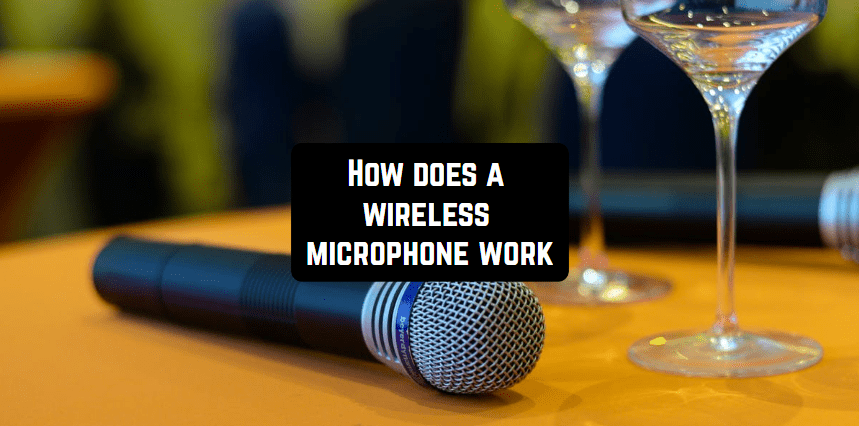No doubts that a wireless microphone is more comfortable in usage. With the development of new technologies, we are still getting new advanced tools and try to learn how they actually work. It is never extra to know how your microphone is built, in case it breaks and you need to bring it back to life.
So how does the wireless mic actually work? The answer might not be as simple as you think. In fact, the connection between the microphone and the airplane have something in common.
You may also like: How to set up your microphone for recording
Nowadays there are 3 types of wireless microphones: VHF (very high frequency), UHF (ultra-high frequency) and then we have digital systems. For performers, it is better to go with the UHF wireless systems. It has a much wides frequency depth. By the way, while choosing the wireless microphone, watch for the frequency agile.
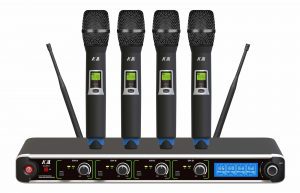
The wireless microphone system consists of two parts: the transmitter and the receiver. The transmitter is the thing that you hold. You can actually see it if you are open the head of the mic. The radar is usually situated at the bottom of the mic. If you look there, you will see the name of the manufacturing company and the radio type that this microphone uses to transmit the signal.
When you speak or sing your voice is converted into radio waves of different frequencies. If you would take all the core out of the mic you would see that inside it has the metrics of frequencies all way down to the body length. You will find the same range of frequencies noted on the receiver.
There are also different types of receivers. Some of them are really elaborate, with many stations to catch the signal and numerous leverages and screens, and others are just simple single-level receivers that are meant to work for a single microphone.
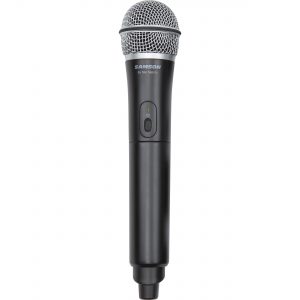
There you got two antennas like in a normal diversity except they work independently of each other. It is better in the sense that if one antenna isn’t functioning, the second antenna steps into the game. Thus, it is a much more reliable system.
This is the case for “traditional” microphones that you usually hold in your hand during the performance. But what about those mics that you fix across your head? Well, these microphones work in a very similar way, but there is one more aspect of it. Probably, when you saw live performances where people use these microphones, you could have noticed – there is something clipped on their backs.
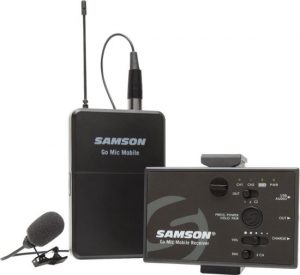
The radio transmission of the microphone looks just like the transmission of the radio center or national television. Thus, wireless microphones use the same technologies that airplanes use for control. The type of the radio connection of wireless microphones is standardized on the international level, so you can’t really use the mic to manipulate airplanes (it requires a different strength of signal).
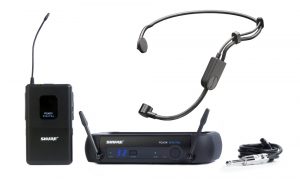
That’s why before buying any wireless microphone you first need to check the regulations in your country and then see the mic tech’ characteristics.
You may also like: 7 Best Wireless Lapel Microphones

